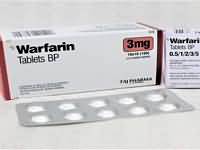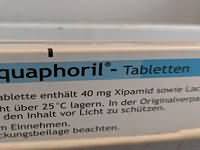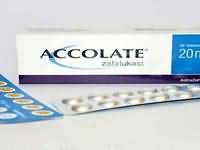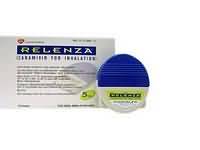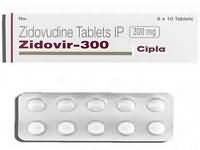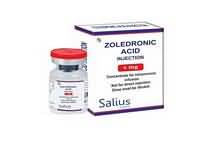Loratadine

Loratadine
CLINICAL USE
Antihistamine:Symptomatic relief of allergy such as hay fever, urticaria
DOSE IN NORMAL RENAL FUNCTION
10 mg daily
PHARMACOKINETICS
Molecular weight :382.9 %Protein binding :97–99 %Excreted unchanged in urine : 40 Volume of distribution (L/kg) :No datahalf-life – normal/ESRD (hrs) :12–15/Unchanged DOSE IN RENAL IMPAIRMENT
GFR (mL/MIN)
20 to 50 : Dose as in normal renal function 10 to 20 : Dose as in normal renal function <10 : Dose as in normal renal function DOSE IN PATIENTS UNDERGOING RENAL REPLACEMENT THERAPIES
CAPD :Not dialysed. Dose as in normal renal function HD :Not dialysed. Dose as in normal renal functionHDF/high flux :Unknown dialysability. Dose as in normal renal functionCAV/VVHD :Unlikely to be dialysed. Dose as in normal renal function IMPORTANT DRUG INTERACTIONS
Potentially hazardous interactions with other drugsAntibacterials: concentration possibly increased by erythromycin Antifungals: concentration of loratadine possibly increased by ketoconazole – avoid concomitant useAntivirals: concentration possibly increased by amprenavir – avoid concomitant use; concentration possibly increased by ritonavir ADMINISTRATION
Reconstition
– Route
Oral Rate of Administration
–Comments
– OTHER INFORMATION
Patients with renal impairment are at increased risk of sedation.
See how to identify renal failure stages according to GFR calculation
See how to diagnose irreversible renal disease
Home


